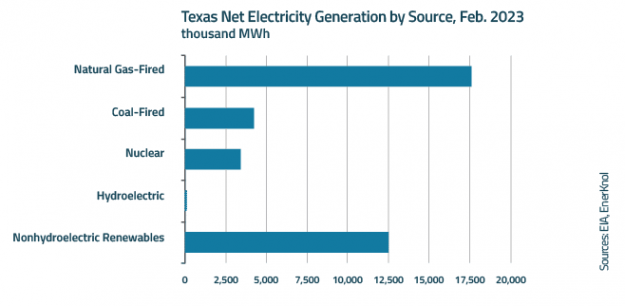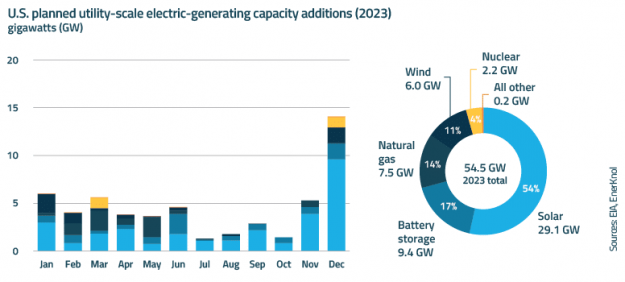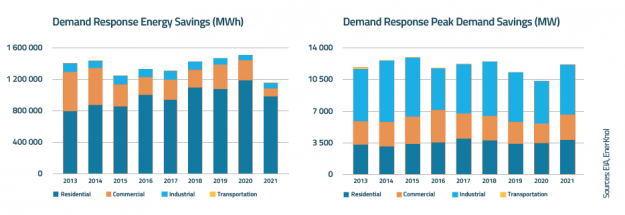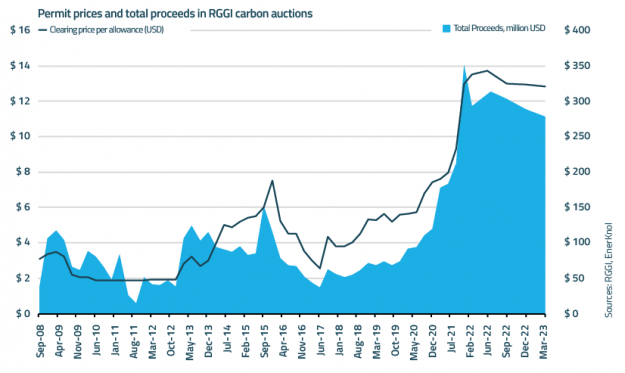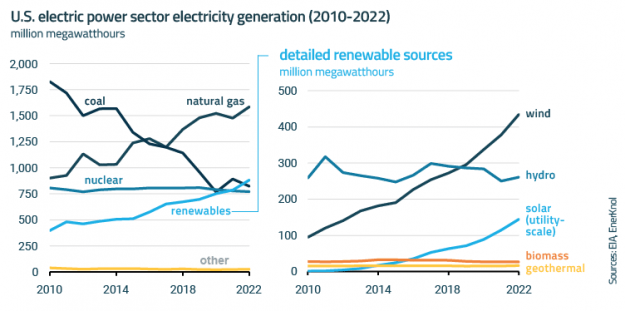Visual Primer: Texas Advances Legislative Proposals to Boost Natural-Gas Fired Power Generation
Texas is completing its first full legislative session since the 2021 Winter Storm Uri exposed catastrophic reliability flaws. The Texas legislature convenes in odd-numbered years. In 2021, a package of laws was passed to address critical reliability flaws like weatherization. In the current session, lawmakers are looking at the big picture and proposing to fundamentally secure natural gas as the backbone of reliability.
